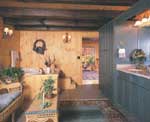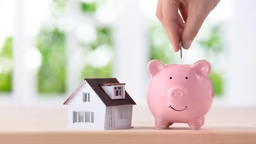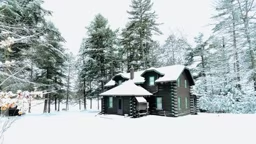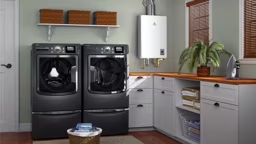
What scares homeowners most about alternative, or renewable, energy systems is the upfront cost. But once the sticker shock subsides and they look at the big picture, they realize they might save money in the long run.
"Why haven't renewables taken off? It's the same old issue: the initial cost," says Steven Strong, president of Solar Design Associates. "Get past that initial investment and you can have decades of cheap energy."
Take stock of the enviroment around your home. Do you plan to live off the utility grid or will you tie into it? Is your home located in an area with enough wind to support a wind system? Think the nearby rushing river will allow you to generate hydro-power? Answers to these and other questions will determine whether an alternative energy system is right for you.
Solar Power
There are two ways to bring the sun's energy into your home. One is by passive means, which may be as simple as orienting your house so its large windows face south. Active methods use PV cell systems.Passive solar heating doesn't involve anything mechanical. All you need are windows. Building orientation is a key factor. You need to capture solar heat in the winter and block it out in the summer. Site your home so the rooms that need the most heat and light (kitchen, great room) face south. Ideally, they'll have windows designed to bring in the sun's heat and insulate against the cold. Orient seldom-used spaces to the north. This works in most areas of the United States and Canada.
Passive solar designs can also have a cooling effect. Exterior shades and overhangs reduce summer heat while letting in the winter sun. Casement or other operable windows will capture solar heat in the winter and let in breezes in the summer.
Another benefit of passive solar design: daylighting, or lighting your home with natural sunlight. You will save on energy bills by bringing sunlight in through skylights, clerestory windows and south-facing windows.
Active solar power uses PV solar cells. Made of semiconducting materials (usually silicon) that directly convert sunlight into electricity, they are integrated into the roofing of a home.
"There's no consumption of resources, no by-products," Strong says. "The cycle can continue for decades as long as it captures sunlight."
When exposed to sunlight, solar cells mounted on a surface and wired together to become a solar module produce DC electric current. Solar cells can convert 15 percent of the sun's energy into electricity. An inverter converts DC current to AC.
There are drawbacks. The cells cost thousands of dollars to install and some homeowners don't like their appearance. "One of the objections to PV is when you have a high-end home you're looking for a high-end result, and the aesthetics of sticking something on your roof doesn't appeal to some people," Strong says.
A lot depends on where you live. If you're in a remote location, having an autonomous alternative energy system could save you money. Tying into a distant utility grid can be more expensive than setting up an alternative energy system.
 "A typical solar design system can cost $20,000, but my customers often live far from a utility and it can cost them $20,000 per half mile to hook up to a grid," says David Palumbo, owner of Independent Power & Light.
"A typical solar design system can cost $20,000, but my customers often live far from a utility and it can cost them $20,000 per half mile to hook up to a grid," says David Palumbo, owner of Independent Power & Light.Going off-grid means you need an autonomous energy system. Off-grid systems use battery banks, which usually account for 25 to 30 percent of the initial investment cost. Also, you must have a back-up generator to recharge the battery bank when the sun isn't shining. Those who go on-grid can tap into a utility's power supply to recharge.
Both passive and active solar systems have the ability to heat water. Typically, solar hot water heaters can reduce the need for conventional water heating by two-thirds. Active solar water heaters provide heat for homes through radiant in-floor heat systems.
For more details on alternate sources of energy, including hydropower and wind power, read the full article in the April 2003 issue of Log Home Design Ideas.







_11868_2023-04-27_10-18-256x288.avif)



